Professional Assistance for Development Action (PRADAN) is India’s foremost agency working on large scale rural poverty alleviation. The Non-Government Organisation (NGO) works on scale with its expertise in thematic areas of agriculture, livestock, natural resource management and micro-enterprise promotion.
The NGO worked on more than 80 projects in 2019-20 with a collective budget of more than Rs 110 Crore. The agency works with most of the top philanthropic bodies and CSR teams working specifically on Rural projects. The illustrative list of its private and government partners includes Melinda Gates foundation, Walmart Foundation, IKEA Foundation, Ford Foundation, Axis Bank Foundation, Bank of America, HDFC, InterGlobe Foundation (Indigo) Central Silk Board, Ministry of Textiles, Bharat Rural Livelihood Promotion Society etc.
In this interview with TheCSRUniverse, Avijit Choudhury who leads PRADAN’s Resource Mobilisation, Communications and Partnerships (RMCP) talks in length about multiple initiatives of the NGO that is transforming lives in rural India. He speaks on the change in PRADAN’s work strategy in view of COVID outbreak and its COVID relief initiatives. He also speaks on larger CSR issues, livelihood challenges in rural areas and issues related to farmers income and areas where Corporates need to focus more while planning their CSR.
Scroll down to read interview excerpts.
Interview Highlight
- For 2019-20, PRADAN worked on multiple projects with an approximately total budget of Rs 110 Crores.
- Philanthropy funds coming to us from corporates, foreign donors, Foundations, HNI, etc. have been diverted towards COVID relief. This again needs to shift towards rebuilding livelihoods and economic revival.
- On doubling Farmers income: Investments need to be done to provide for easy access to credit, creating micro-irrigation facilities which are farmer controlled, technology for harvesting, storage, processing and assured market to the farmers to realise the dream,
- The main constraint is that the law doesn’t allow for long-term investments through CSR.
- On CSR funds going to PM CARES:CSR should go for investments in building stronger and more resilient local communities, supporting the most marginalised and vulnerable sections and more partnership action with the Civil Society (NGOs) so that "we leverage on each other’s expertise and create a multiplier effect."
Interview with Avijit Choudhury, Lead- Resource Mobilisation, Communications and Partnerships, PRADAN
Q: COVID outbreak has made ground-level work very difficult. What are the key challenges that you are facing on ground level execution for your projects?
A: Yes indeed, the COVID-19 outbreak coupled with lockdown had made the groundwork very challenging. As we work directly with communities in about 10,000 remote villages across 7 states, the work was significantly impacted because of the COVID-19 social distancing norms. The immediate challenge was that we could not organise any kind of physical gatherings be it for Self Help Group (SHG) meetings, farmers meetings or organising training events at the village level.
Furthermore, the lockdown in the months of April and May had a huge impact on agriculture. As it was the harvesting season, it was not possible to support the farmers in marketing of the produce. The inter and intra district transport system was shut and the local level markets were also closed, these led to farmers either letting the produce to rot in the fields or selling it at throw-away prices.
Q: How did you intervene to help the farmers during lockdown?
A: With support of the administration, we could facilitate selling of produce, especially vegetables through special initiatives like "Veggies-on-wheels", connecting farmers directly to the consumers in nearby small towns.
Further, the philanthropy funds coming to us from corporates, foreign donors, Foundations, HNI, etc. have been diverted towards COVID relief. As much as it was important at that time, the focus needs to shift towards rebuilding livelihoods and economic revival.
However, there are delays in sanctioning of schemes at the ground level and an overall shrinking of the philanthropic investments has affected development aid and work.
Q: The country has dreamt about doubling farmers’ income by 2022. By your ground-level expertise, do you think Covid-19 has impacted farmers’ livelihood and whether we can still achieve the goal?
A: The COVID outbreak has severely affected the livelihoods of poor people, especially small and marginal farmers, who constitute 86% of total farmers. One of the critical factors for doubling farmer’s income would be that farmers are able to shift from subsistence farming and engage in growing cash crops such as vegetables or activities that have high returns from the market. But with the uncertainty of the market and broken supply chains because of COVID, this would have an adverse effect. Farmers have faced huge losses as they could not sell their summer produce and are now afraid of cultivating crops that are heavily dependent on the market.
Besides, a major chunk of the income of the families came through the remittance of the migrant workers. With the return of the migrant workers, this has been severely impacted. Now the families have limited income and more mouths to feed. The farming community is running low on food stock and there is a huge erosion of whatever meagre savings they had. The priority for the farmers is to ensure food security of the family members.
So, in the current situation, it would be difficult to achieve the goal. There is an overall lack of assurance for farmers, be it from the perspective of de-risking production, as they are dependent on the vagaries of the monsoon or assurance of remunerative prices and assured marketing of their produce.
However, the country can address some of these critical constraints with investments in rural infrastructure for rebooting of the rural economy by creating small local level growth clusters. Investments need to be done to provide for easy access to credit, creating micro-irrigation facilities which are farmer controlled, technology for harvesting, storage, processing and assured market to the farmers to realise the dream, even if we are able to do this in the next 10 years would be a phenomenal achievement.
Q: COVID has brought strict protocols. How have you changed the strategy for the implementation of your projects?
A: We made a significant change in our execution strategy. Our immediate concern after the lockdown was announced was to create awareness and provide immediate relief to the vulnerable community members. Since our mobility to the field was limited, we partnered with the administration and provided all the necessary support such as providing ration kits and running community kitchen, helping Panchayats to set up quarantine centres for the returnee migrants and creating awareness about the pandemic. We have also actively engaged with the SHG members, local leaders, ASHA, Aanganwadi workers and PRI members, and trained them to ensure vigilance at the ground level for early identification and referral to COVID centres.
We have a large pool of community resource persons such as Agriculture Entrepreneur, Pashu Sakhi, Change Vectors for nutrition support, etc. We provided training to these resource persons to support the community. IEC materials such as posters, pamphlets were published and distributed to the community. Besides, wall painting and Jagrukta Rath were used to create awareness and provide information at the village level. Virtual mediums like Zoom calls with Resource persons, then creating WhatsApp groups was also extensively done to provide information and training.
Q: What are the emerging social needs where you plan to focus more in the months to come?
A: We have thought of three priority areas in this direction. These are strengthening public systems, ensuring food and nutrition security and providing livelihood support to the returnee migrants.
Activating and strengthening the public systems is one of the key priority areas of work in the coming months. This would entail mapping all the families who do not have ration cards, Jan Dhan Accounts, MGNREGS jobs and other such schemes to avail state benefits. During the COVID outbreak, we realised that there are many vulnerable families that are left out of such social security and safety nets because of which they had suffered the maximum.
With depleting food stocks and no cash in hand, the nutrition status of households especially of the women, adolescent girls, small and young children had been impacted adversely. To ensure that every family has access to nutritious food like vegetables in their regular diet promotion of kitchen garden with all the families is planned. Besides we plan to create large scale awareness around healthy diet, dietary diversity, anemia, immunization of children, institutional delivery etc.
The third priority area is to enumerate all migrant labourers who have returned home, mapping them to the industries and sectors in which they have previously been employed and their skill sets. Facilitating and supporting those who are willing to return back by re-activating the agent networks that take migrant workers to work sites in the cities and town. And creating an alternate livelihood option for those who do want to return back to the cities.
Q: What are the key projects that you are implementing in India now?
Though we have about 80+ on-going projects, some of the key projects that PRADAN is implementing now are:
- LEAP (Livelihoods Enhancement through Market Access and women Empowerment) – this project is funded by Walmart Foundation and will be implemented in 3 states- Jharkhand, Odisha and West Bengal reaching out to 45,000 rural households.
- COVID 19 Pandemic Project supported by Azim Premji Philanthropic Foundation – the project aimed at providing relief services to the vulnerable families during the Pandemic period.
- SAFALTA (SHG led Action to Facilitate and Augment Livelihoods by Transforming Agriculture eco-systems) – the project is in partnership with Axis Bank Foundation, is implemented in 7 districts in two states and will reach out to 100,000 of rural households
Q: Can you share names of your partners along with briefs of key projects that you implemented in the financial year 2019-20?
A: PRADAN’s donor base is quite wide, currently we get funding from philanthropies, Government of India, and Corporates. We are presently working with more than 70 partners. Some of the key partners are Bill and Melinda Gates foundation, Walmart Foundation, IKEA Foundation, Ford Foundation. Then we have corporate partners such as Azim Premji Philanthropic Foundations, Axis Bank Foundation, Bank of America, HDFC, InterGlobe Foundation (Indigo), etc. We have government projects in partnership with Central Silk Board, Ministry of Textiles, Bharat Rural Livelihood Promotion Society and Chhattisgarh Grameen Aajeevika Samvardhan Samiti (CGSRLM) to name a few.
Some of the Key Projects that we implemented in the year 2019-20 are
- Promotion of Agriculture Production Clusters (APCs) in Tribal Regions of Odisha – This project is in partnership with the Government of Odisha and Bharat Rural Livelihoods Foundation (BRLF) to double the income of around 100,000 farmers in 40 tribal-dominated blocks of 12 districts of the state. This is a project of the Department of Agriculture and Farmers’ Empowerment in collaboration with the Panchayati Raj & Drinking Water Department, Government of Odisha.
- High Impact Mega Watershed Project in Chhattisgarh: The project is a Government of Chhattisgarh initiative in partnership with BRLF and Axis Bank Foundation to improve the livelihoods of its rural communities through investment in water and soil conservation. The initiative also aspires to improve the implementation process of the MGNREGA so that its investments address the livelihood needs of the poorest. The overall goal of the project is to sustainably enhance the income of 100,000 small and marginal households through a four-year initiative beginning October 2018
- Partnership for Rural Integrated Development and Empowerment (PRIDE): This is a five-year project supported by IKEA Foundation covering 12 districts across 6 states. The project focuses on triggering a comprehensive change process based on building capacities of women around multiple dimensions such as health and nutrition, education, livelihood, market linkage etc.
- Women Collectives Anchored Integrated Second Chance Education and Vocational Learning Programme: The project is being supported by United Nations Entity for Gender Equality and the Empowerment of Women (UN WOMEN) focuses on anchoring action with women collectives; tapping opportunities within rural economy; and bringing partners with experience of working with girls and young women, enterprises, job-linked skills training and education system. The consortium led by PRADAN includes AKRSP (I), PRAN, Aaina, MF, TRIF, KSWA and ANANDI.
Q: How much was the approximate budget (for all the projects counted together) that you implemented in the year 2019-20?
A: PRADAN’s efforts are one of the largest organised development works in the country touching 1 million women from poorest households, especially tribal, STs and OBC communities in partnership with other NGOs and government agencies. For 2019-20, the total budget was approximately 110 crores.
Q: What are your suggestions that can make India’s CSR laws more effective/productive towards creating ground level social impact in the country?
A: The main constraints that I see are to do with the way the law doesn’t allow for long-term investments through CSR. We have to understand and appreciate that ground level social impact or transformation is a long-drawn process as it involves behavioural change, adopting new skills and practices (can be considered as software) along with investments on hardware.
So, we might have thousands of toilets but nobody using them, very swanky schools but poor learning quality inside classrooms, high malnutrition rates, etc. These are deep and inter-generational issues and annual CSR funding cycles limits the ability to engage on deeper issues. We have to learn from the long Private Philanthropic Foundation and Development Aid investments, where such projects are usually over a three to five-year time period.
Q: What are the social opportunities where corporate investment can bring a major change?
A: The modern Civil Society in India has always been very lively, dynamic and contributed to the nation building process and raising consciousness of the nation even from pre-independence days. The NGO sector as we see today has made a seminal contribution to the development landscape of the country. This sector has innovated on various social models and technologies, so what are flagship government development programmes of today have been inspired by innovations by NGOs like the Self-Help Group model, the Natural Resource Management models, concepts of barefoot engineers, community people groomed to play roles extension workers like ANM, ASHA workers, etc. The agriculture development and livelihood programmes in the poorest parts of the country is actually dependent a lot on the efforts of NGOs. In all large government programmes, NGOs play roles of technical expert agencies and also are involved in direct implementation roles.
So, I would argue that Corporates should look out for supporting such institutions and innovations. Unless NGOs which are not-for-profits have resources from donors to pilot new ideas, we would not see new models emerging. Unfortunately, with all the new Acts and laws, investments for innovations are declining, donors are less and less likely to have "Innovations" as a budget line in their programmes. As most NGOs have a direct connect with communities, their experiments are on land so to say, which has been the constraint with research focussed institutions like KVKs where the lab-to-land link has always been weak.
Q: COVID has led corporates to donate a large sum of their CSR money directly to PM CARES and other government agencies. What is your message to corporates on this?
A: The way I see it, the country and the world were unprepared for the pandemic. As a country we have weak public systems and our public health systems have always been very poor. In the initial days of the pandemic, it was okay if corporates wanted to give their CSR money to buy ventilators, pay for PPE kits, etc. But these are gaps which cannot be filled with CSR investments and require public investments or other PPP models. I read that we require Rs 80,000 crores to vaccinate 1.4 billion Indians, now CSR cannot fulfil that ask, so CSR cannot replace public funding for such needs!
Though it is the responsibility of government to take care of migrant workers, the contribution and role played by Non-Governmental Organisations (NGOs) "deserves all appreciation" for coming forward to help them by providing food, water and transport during the "difficult time" of COVID-19 pandemic, the Supreme Court said on 9th June’2020. "Non-governmental organisations coming forward to help the migrant workers and to fight the pandemic and extend help by providing food, water and transportation at their cost deserves all appreciation," the Bench said. So, though it is ultimately the prerogative of companies where they would want to invest, I think their CSR should go for investments in building stronger and more resilient local communities, supporting the most marginalised and vulnerable sections and more partnership action with the Civil Society (NGOs) so that we leverage on each other’s expertise and create a multiplier effect.



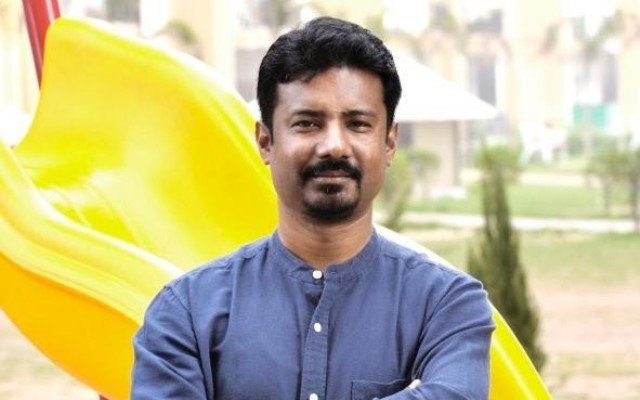


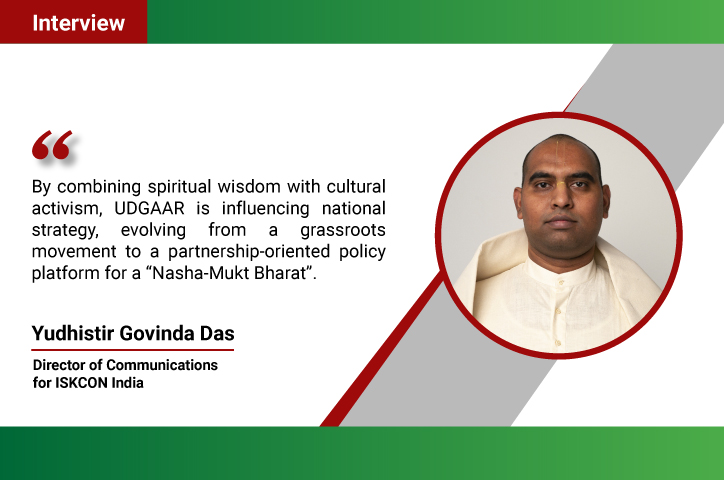

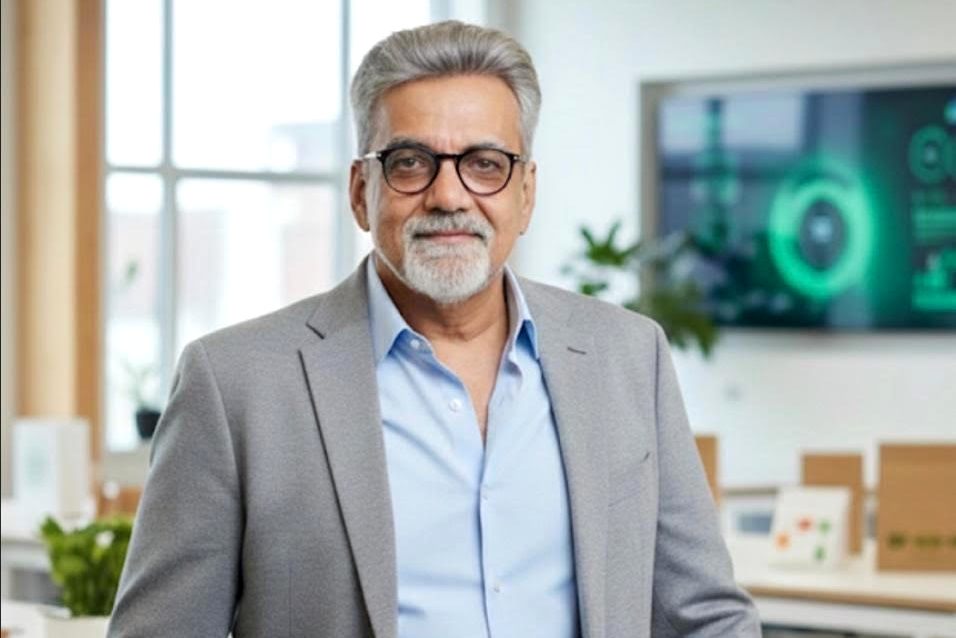

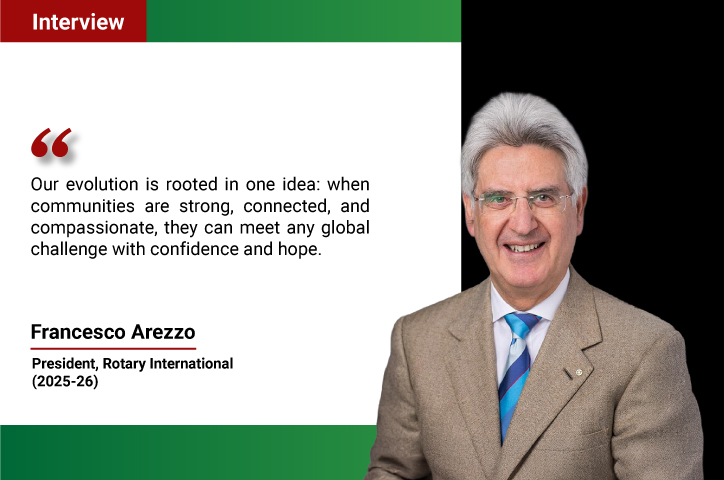
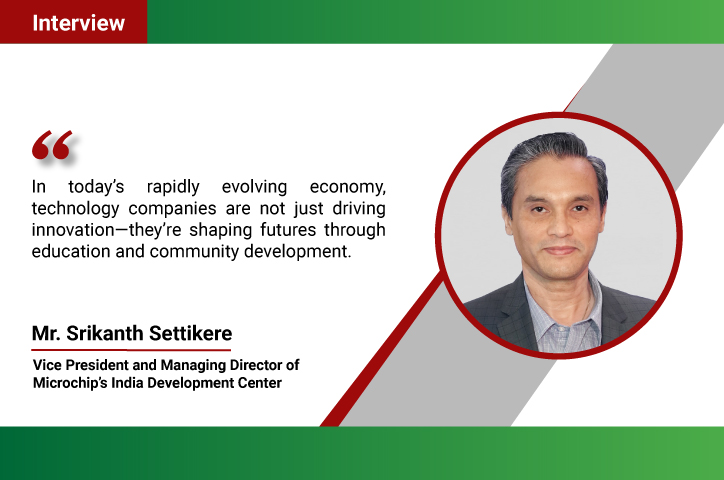
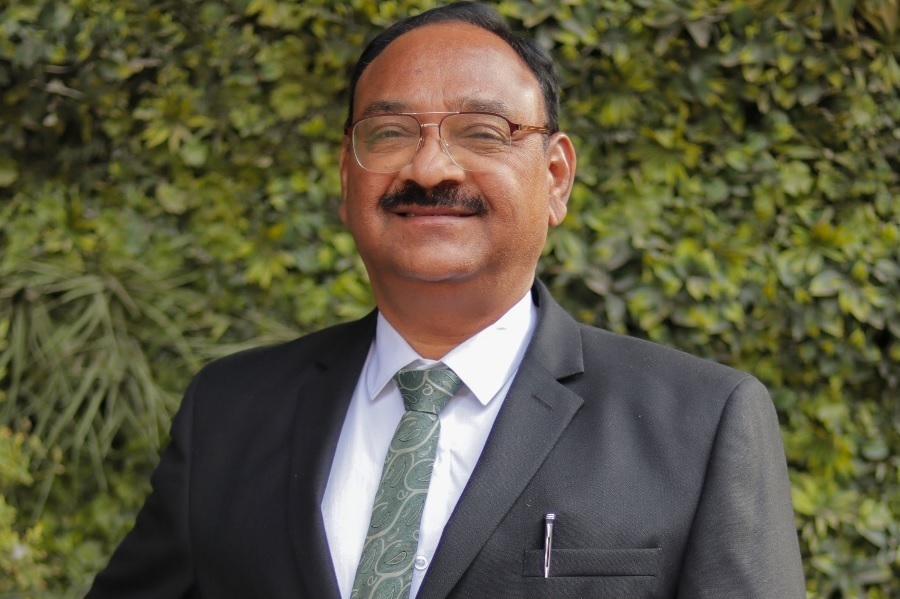
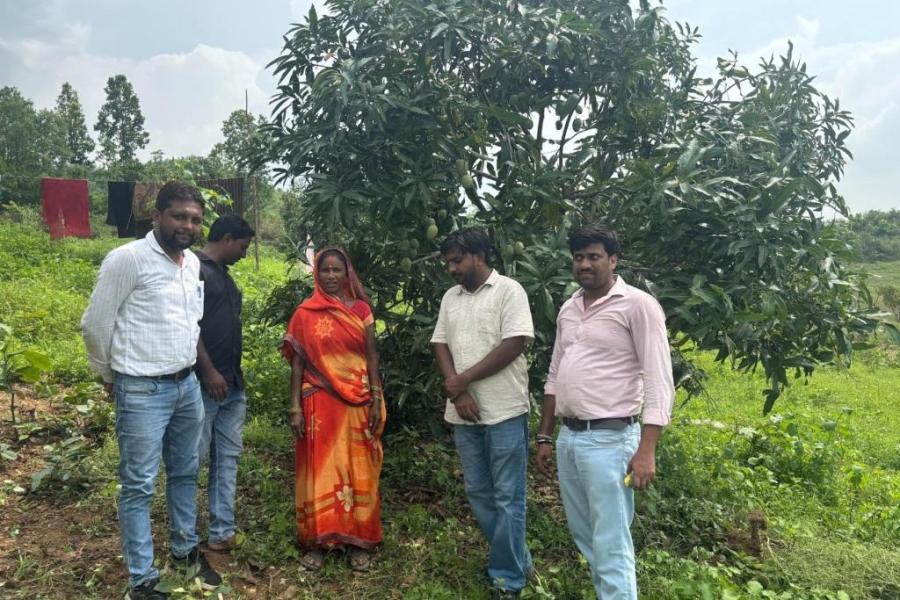


.jpg)




